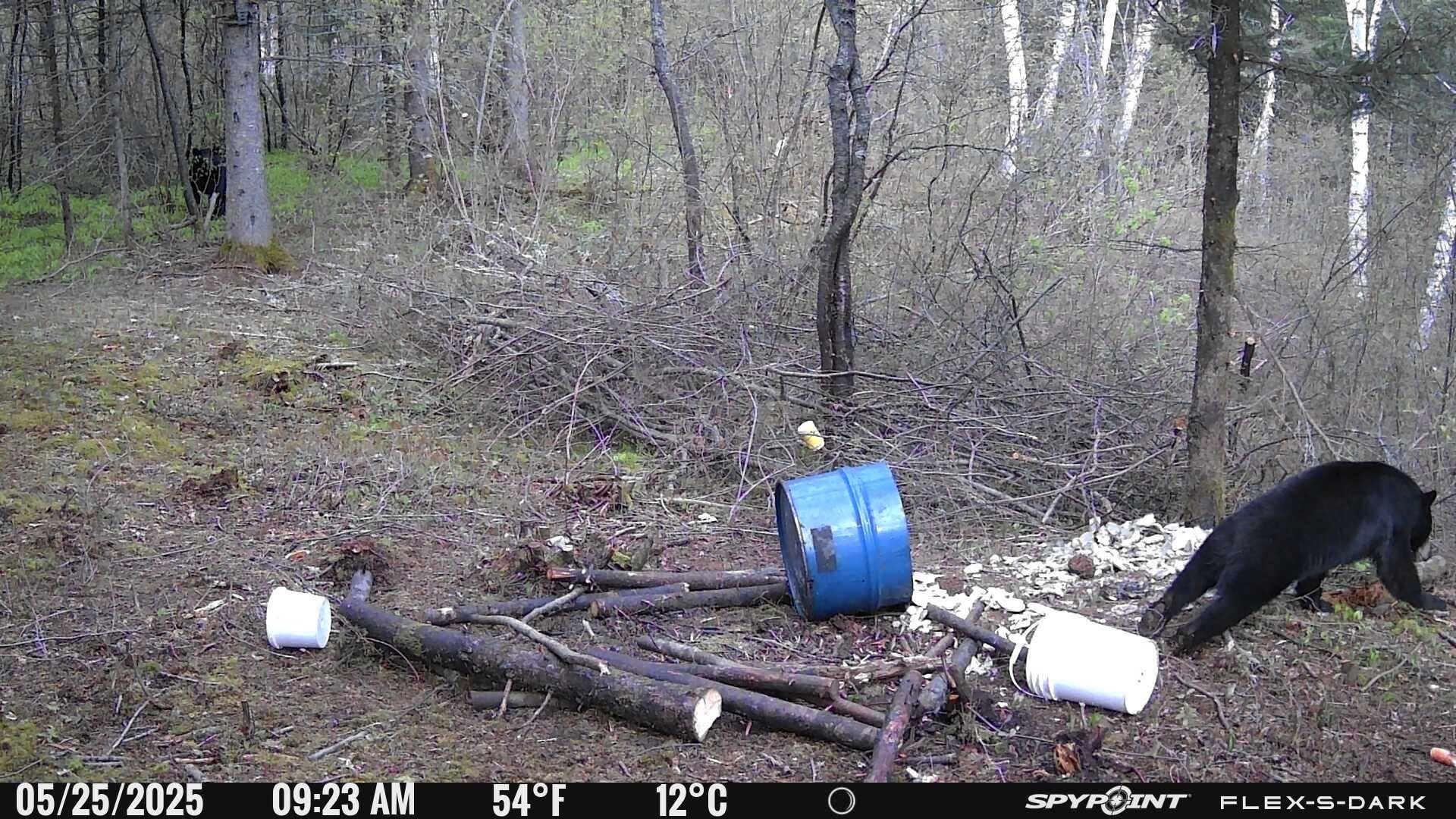
When you’re land trapping for coyotes, foxes, or other predators, one of the biggest challenges is keeping your trap beds dry, solid, and scent-free. Rain, snow, and freezing temperatures can ruin even the best-made set.
That’s where waxed dirt for trapping comes in. This essential trapping supply keeps your traps firing cleanly in cold or wet conditions. And the good news? You can easily make it yourself with a few basic materials and a little time.
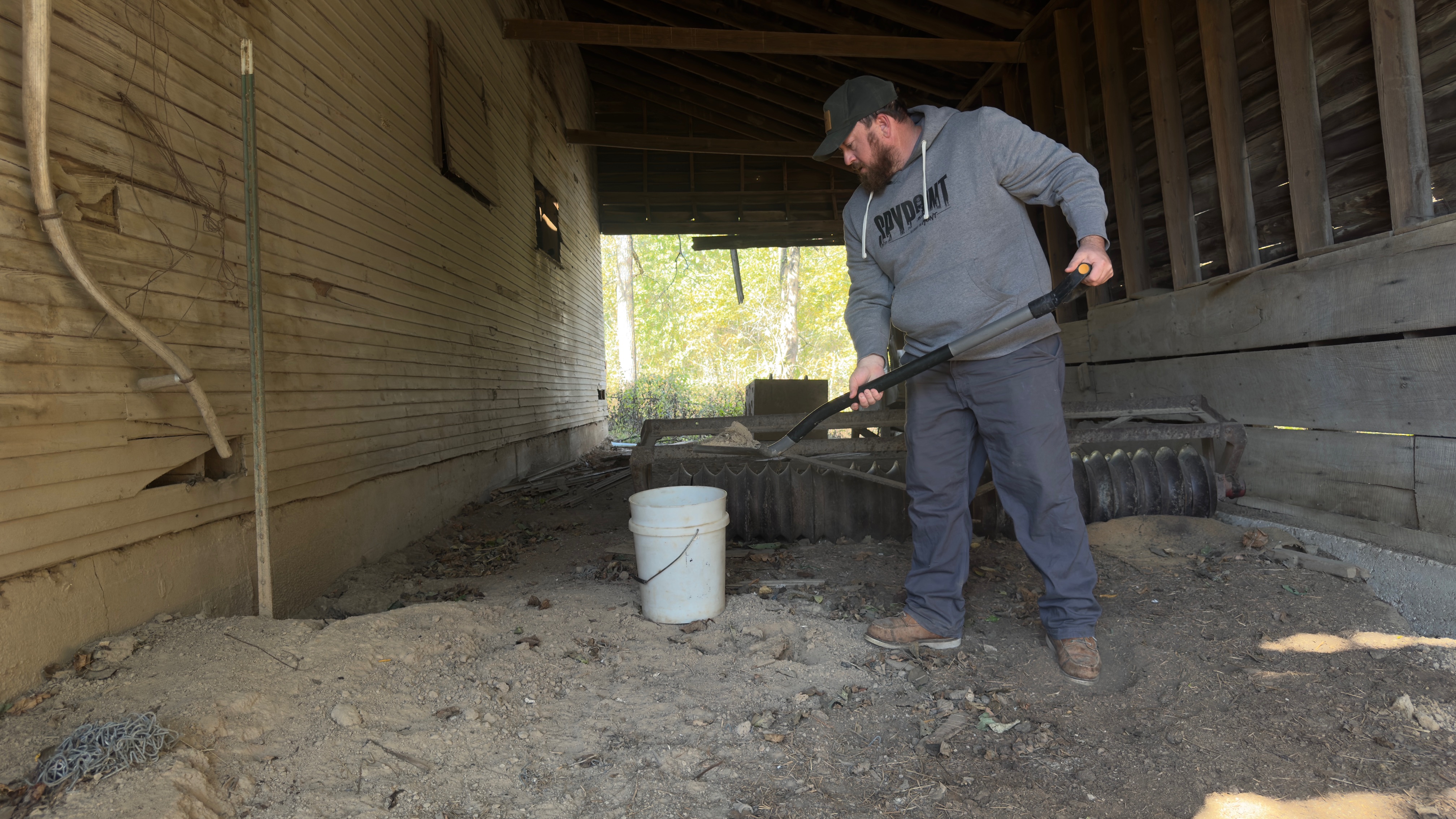
Step 1: Start With Dry Dirt
The first step in making waxed dirt for traps is starting with dry, sifted dirt. The dryer your base, the better the final product will be. Look for dirt from inside a shed, barn, or covered area where it’s protected from rain.

Sift your dirt into a five-gallon bucket to remove sticks, rocks, and debris. Fine, smooth dirt blends naturally into most trapline setups and helps your trapping sets look natural.

Step 2: Dry the Dirt Completely
Once your dirt is sifted, it needs to be completely dry. An old crockpot works perfectly for small batches of trapping dirt. Add in about a gallon of dirt, set it on high, and stir occasionally. This method can take some time, so be patient.
Slow, steady heat dries the dirt evenly without burning it — a common problem when using open flames. Burned dirt can hold odor and alert animals, which is the last thing you want when predator trapping.
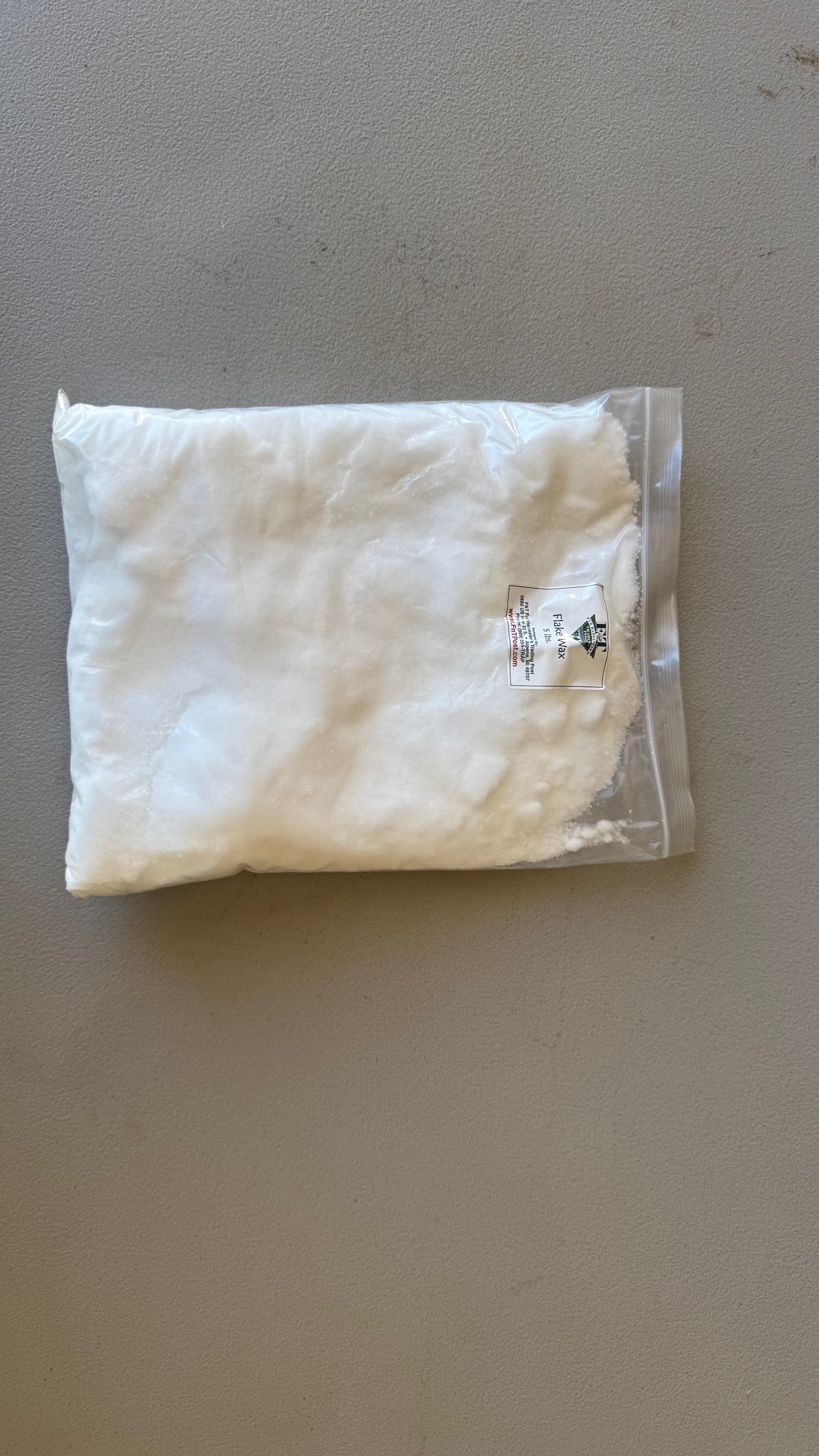
Step 3: Add the Flake Wax
When the dirt is hot and dry, it’s time to add trapping flake wax — available from most trapping supply stores. Mix roughly 10 ounces of wax per gallon of dirt, stirring constantly.
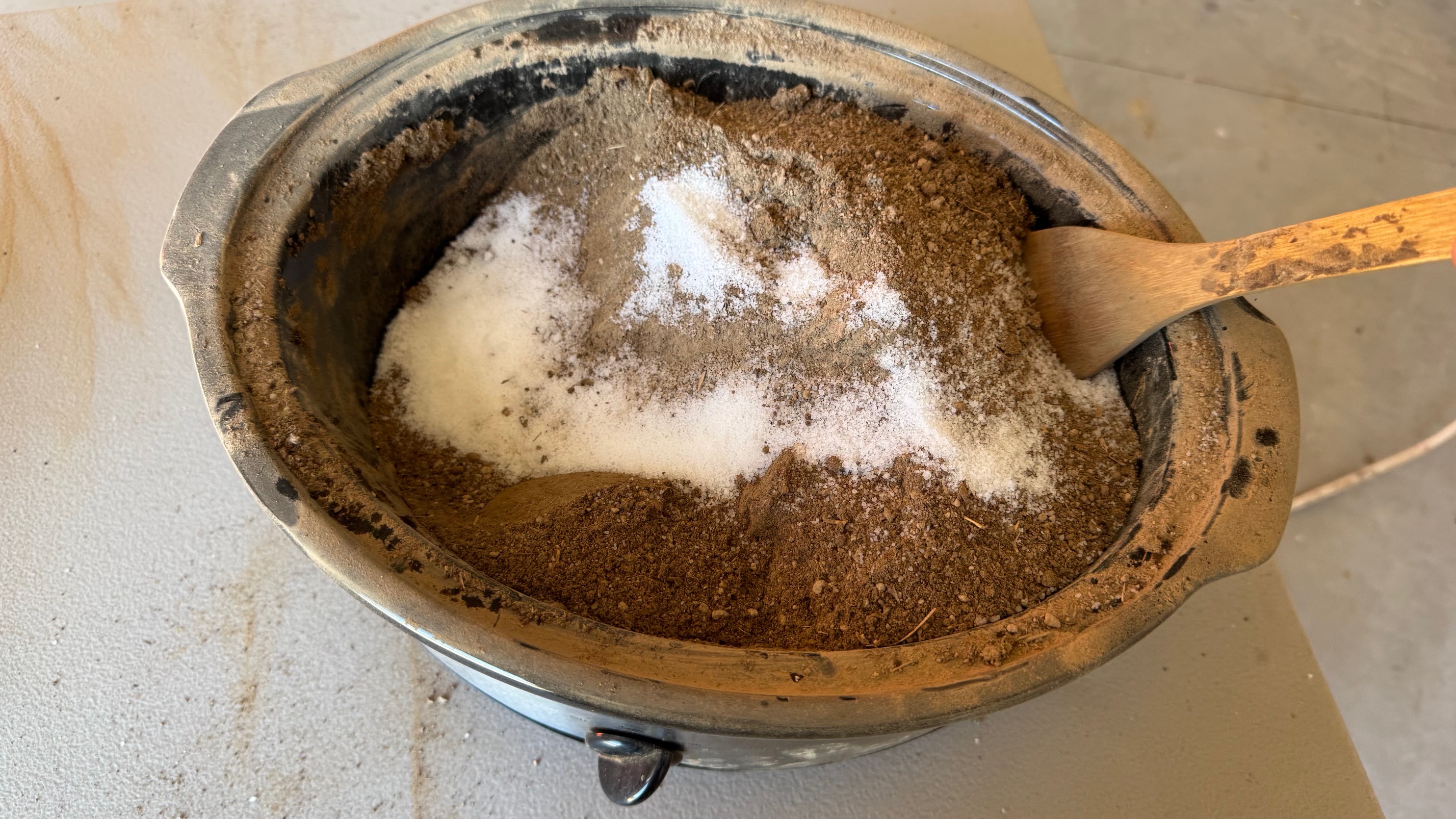
Add the wax slowly to prevent clumping and give it time to melt evenly. Properly mixed waxed dirt will stay loose and moisture-resistant in the field, keeping your traps working no matter the weather.
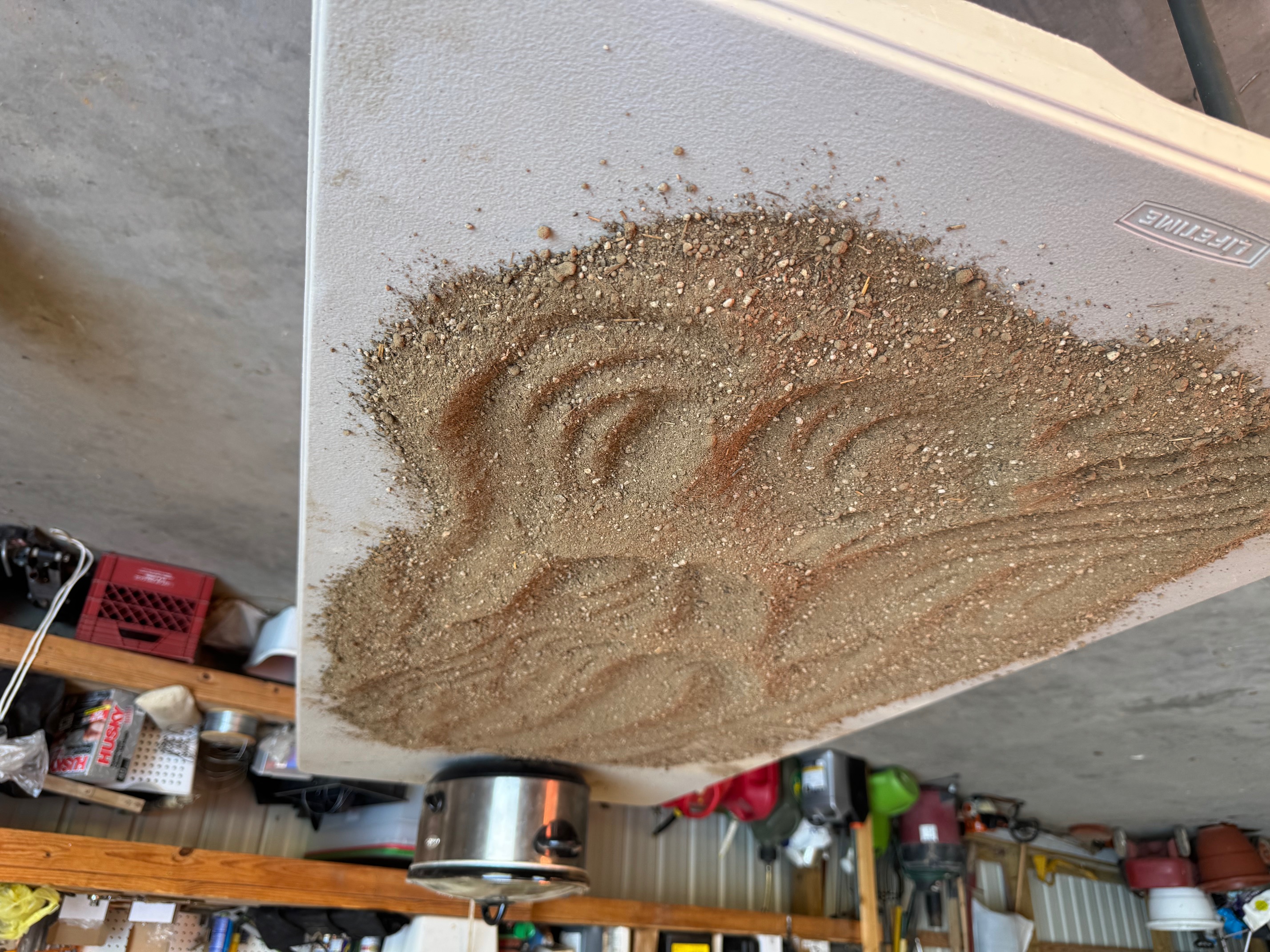
Step 4: Cool and Store the Waxed Dirt
Once your wax is fully mixed, pour the hot waxed dirt onto a clean table or surface to cool. Stir as it cools to keep the wax evenly distributed.
After it’s completely cool, store the dirt in buckets with cracked lids or unused paper feed sacks. A bit of airflow helps prevent condensation and mold — keeping your trapping dirt fresh.

Step 5: Test the Mix
To make sure your waxed dirt for trapping is ready, shape a small volcano shaped mound and pour water on top. If it pools rather than soaking in, you’ve got the right consistency.
This simple test ensures your trap beds will shed moisture and stay solid during freeze-thaw cycles.
Step 6: Use Waxed Dirt in the Field
When setting traps, use waxed dirt to bed the trap and cover it completely. Start with a thin layer underneath to block ground moisture, then sift more waxed dirt over the top until it blends naturally into the surroundings.
This prevents freezing, sheds rain and snow, and helps your coyote traps or fox traps fire smoothly when it counts.

Why Make Your Own Waxed Dirt
Buying waxed dirt can get expensive if you run a big trapline, but this DIY trapping method saves money and lets you control quality. You’ll know it’s clean, scent-free, and perfectly blended for your terrain.
Once you’ve made a few batches, it becomes an easy part of your pre-season trapping prep — one more skill that helps you stay consistent and effective on the line.
FAQs About Waxed Dirt for Trapping
How long does homemade waxed dirt last?
If stored properly in a cool, dry place, waxed dirt can last several seasons. Just make sure it stays moisture-free and uncontaminated by odors.
Can I use sand or peat moss instead of dirt?
Some trappers mix in dry sand or peat for lighter texture, but plain fine dirt remains the most natural-looking and dependable for coyote and fox trapping.
What’s the best wax to use for trapping dirt?
Use trapping-grade flake wax. Flake wax is designed to melt evenly and stay odor-free, even in cold weather.
Final Thoughts
Learning how to make waxed dirt for trapping isn’t just a money-saver — it’s a skill that makes your hunting and trapping season more efficient. With the right dirt, wax, and a bit of patience, you’ll keep your trap beds performing in any weather, all season long
